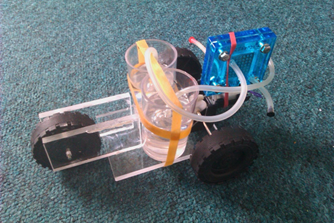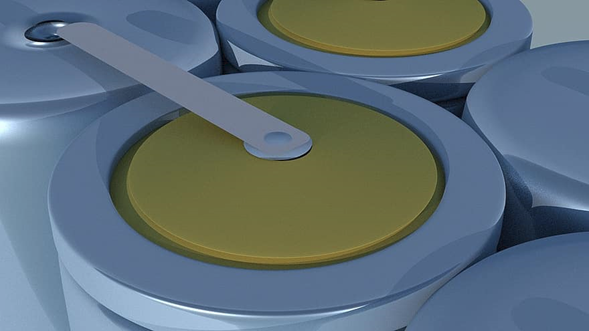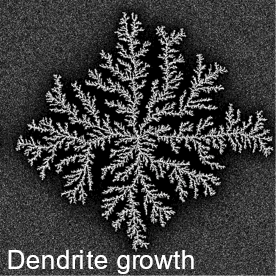As a part of the fuel cell technology, Direct Methanol Fuel Cells (DMFCs) are electrochemical devices used as energy storage systems. However, DMFCs are directed towards portable devices applications. In comparison to other Fuel Cells, DMFCs offer several advantages like lower cost, high energy density, lower operating temperature, and safer operation and storage.
Conversely to hydrogen fuel cells, where the limiting factor is the cathode, the energy conversion efficiency of DMFCs is limited by the methanol oxidation reaction (MOR) at the anode. The current benchmark catalyst for MOR is Pt, however, it suffers from CO poisoning decreasing its performance after just a few cycles.
Pt-alloys catalyst can pave the way toward more efficient devices, therefore most of the research have been focused in the study of Pt alloys. Among the alloys used as anode materials for DMFCs, we can find those formed with Ru and Rh. PtRu alloys have been proved to possess a better catalytic activity for MOR, however, its activity under acidic conditions lack of stability. Other studies have shown that PtRh alloys can help to break C-C bonds, increasing the stability of the electrodes avoiding typical CO poisoning affecting Pt catalyst.
Recently, a study performed by Shi et al at the Nanjing Normal University explored the effect of the fabrication method over the performance of both PtRu and PtRh alloys (Shi et al., 2020). The hydrothermal method used in this work allow the monodisperse PtRu and PtRh alloys on carbon substrate such as Vulcan. Then both catalysts where tested under acidic conditions for electrochemical characterization by cyclic voltammetry for 300 cycles.
The implementation of the facial hydrothermal technique used by Shi et al, allowed the formation of nanoparticles with an average diameter of 2.3 nm. During testing, PtRh/C catalyst showed an increase in current density during the first 80 cycles. After the 80th cycle, a slight decrease in current density was observed. The enhanced and further decay in the performance of the PtRh/C electrode was attributed to the exposure of the Pt catalyst. Despite the decrease in the catalytic activity, the Rhodium tend to be stable and reaches a relatively stable performance. On the contrary, ruthenium catalyst showed less stability with a decreased performance after only 39 cycles.
Studies like that performed by Shi et al can help to understand the electrocatalytic activity of MOR process in acid. For this process it is important to develop analytical protocols to follow evolution of catalyst in composition and structure.
Watch the discussion of this paper in our Weekly Science Review:
For more details please refer to full article is available at https://www.sciencedirect.com/science/article/pii/S1388248120300412#b0075.
Shi, Z., Li, X., Li, T., Chen, Y., & Tang, Y. (2020). Evolution of composition and structure of PtRh/C in the acidic methanol electrooxidation process. Electrochemistry Communications, 113(January), 106690. https://doi.org/10.1016/j.elecom.2020.106690






